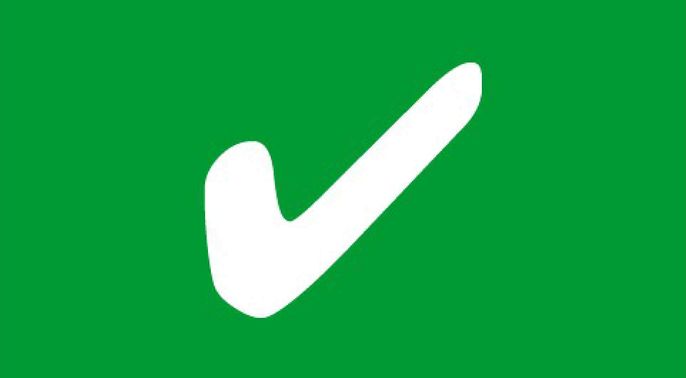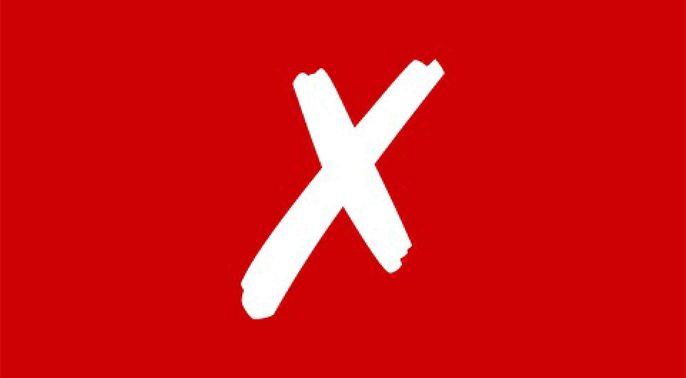What can be recycled?
Clean and rinsed, whole, empty bottles can be recycled.
Bottle tops must be removed so any residue left in the bottle can evaporate.
If bottles can't be cleaned and rinsed then they should be treated as chemical waste.
What is included?

Yes
- Clean and rinsed, whole, empty reagent bottles
lids removed
Waste hierarchy
What happens to this waste stream?
0% reused
100% recycled
0% recovered
0% incinerated
0% landfilled
Reagent bottles waste stream
Where do I put empty reagent bottles?
- Clean and rinsed, whole, empty bottles with the tops removed are placed in the grey crates in the labs.
- There is no need to deface the labels.
Who empties the crate?
- Across South Kensington, crates are checked and emptied at appropriate intervals (Chemistry: daily; elsewhere: once a week) by a cleaner with responsibility to a store area (SAF, Bessemer or Blackett).
- The cleaner separates the bottles by producer (VWR/BDH, Fisher and Sigma-Aldrich). NB Sigma-Aldrich bottles are separated at SAF only where there is sufficient space to do so.
- The cleaner palletizes the VWR/BDH and Fisher bottles for each producer ready for collection be each company.
- Sigma-Aldrich and remaining bottles are palletized in a box pallets ready for collection by a specialist contractor.
- Hammersmith and elsewhere: bottles should be taken to the chemical waste store by the lab user.
What happens then?
- VWR/BDH collects the bottles when requested; these are then processed for washing and recycling.
- Fisher will collect their bottles on request; these bottles will be used 3 times before being recycled.
- Sigma-Aldrich and the remaining the bottles are processed by a specialist contractor.
How Green is this Route?
- All receptacles to contain the waste enroute are re-used. Cardboard boxes (from deliveries) are recycled.
Fate of the waste:
- Fisher Winchesters: reused and recycled. Fisher Winchesters are marked with UV ink and re-used up to 3 times after which they are recycled.
- Other bottles are recycled. The other companies do not have a system to monitor the number of uses and therefore the integrity of the bottle. Also, some of the other companies produce their chemicals abroad and, therefore, re-using the bottles is prohibited by the carbon footprint which would be created in returning them to source.
- Recycle uses include: lining furnaces, aggregate, aquarium glass.
Contacts
Roger Smith, Hazardous Waste Coordinator: 07590 250 550

